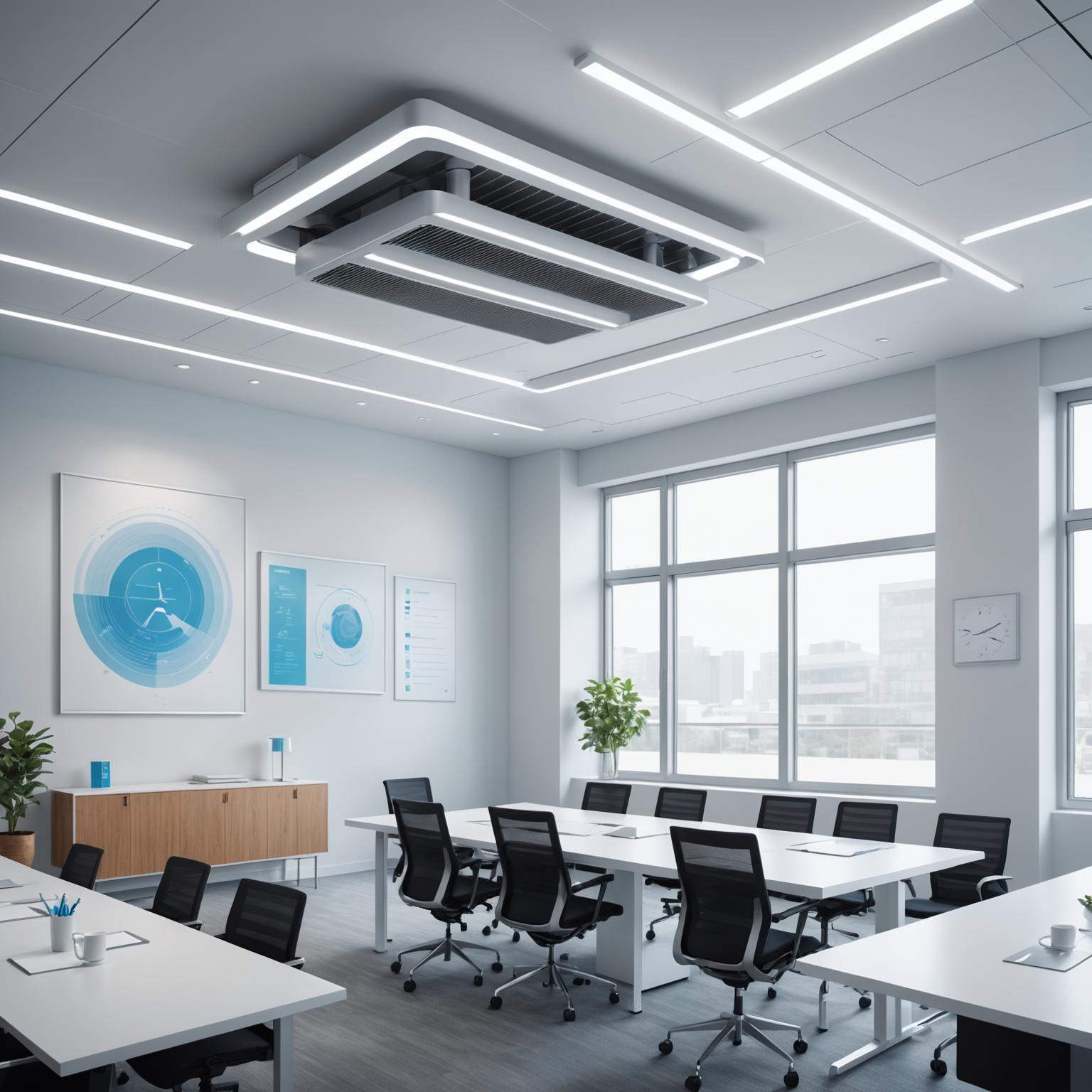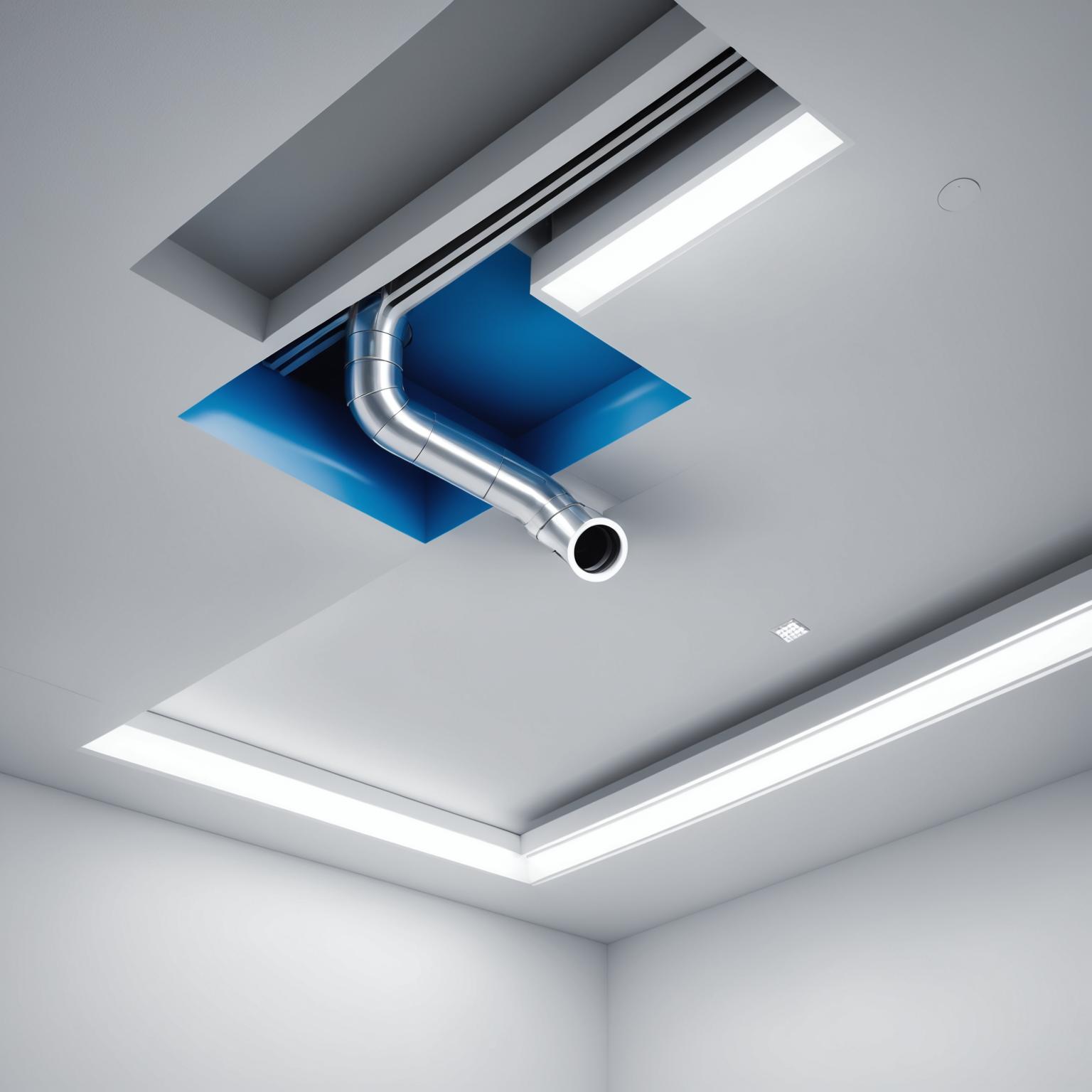
Inline exhaust fan for workshop solutions are essential for maintaining a safe and productive environment in any industrial or DIY setting. Workshops often face challenges with poor air quality due to dust, fumes, and heat buildup, which can affect worker health and efficiency. This article explores these common issues and how an advanced inline exhaust fan can provide effective ventilation to create a healthier workspace.
Understanding the Problems in Workshop Environments
In many workshops, inadequate ventilation leads to a buildup of harmful pollutants. Workers might deal with lingering odors from chemicals, excessive heat from machinery, or fine particles from cutting and grinding activities. These problems not only create discomfort but can also result in long-term health risks, such as respiratory issues or fatigue. For instance, in a typical workshop, the air can become stagnant, trapping volatile organic compounds (VOCs) and dust particles that circulate continuously. This is especially prevalent in enclosed spaces where natural airflow is limited, making it difficult to maintain optimal conditions for prolonged work sessions. Additionally, high humidity levels can promote mold growth, further deteriorating air quality and potentially damaging equipment. The lack of proper exhaust systems means that these issues persist, leading to reduced productivity and increased absenteeism among workers who are exposed to these hazards daily.
Exploring the Impact of Poor Ventilation on Daily Operations
Poor ventilation in workshops doesn't just affect health; it also impacts operational efficiency. For example, excessive heat from tools and machinery can cause overheating, leading to frequent breakdowns and costly repairs. Inline exhaust fan for workshop setups are often overlooked, but without them, workshops become breeding grounds for inefficiencies. Workers may experience decreased focus due to stuffy air, which slows down production times and raises the risk of accidents. In environments where welding, painting, or woodworking is common, the accumulation of fumes and particles can create a hazardous atmosphere, potentially violating safety regulations. This not only endangers employees but also exposes businesses to legal liabilities and fines. Furthermore, the persistent presence of these issues can lead to higher turnover rates, as employees seek out safer work environments, adding to recruitment and training costs for companies.
The Solution: Implementing Advanced Inline Exhaust Fans
To address these challenges, integrating a cutting-edge inline exhaust fan for workshop use can revolutionize air circulation and quality. These fans are designed to seamlessly blend form and function, featuring a sleek, streamlined design that enhances airflow while maintaining a professional aesthetic. By installing an inline exhaust fan, workshops can efficiently remove contaminants, ensuring a steady stream of fresh air. This technology utilizes powerful air distribution mechanisms, as seen in modern systems that incorporate polished chrome accents and energy-efficient components to minimize consumption without compromising performance. For instance, the fan's cylindrical body allows for discreet integration into existing duct networks, making it ideal for both home garages and large industrial spaces. This setup not only clears out dust and fumes but also regulates temperature, preventing overheating and promoting a more comfortable working environment. Businesses can benefit from reduced energy costs and improved employee satisfaction, as the fan's blue airflow lines indicate consistent, fresh circulation that enhances overall productivity.
How Inline Exhaust Fans Enhance Safety and Efficiency
The versatility of an inline exhaust fan for workshop applications makes it a practical solution for various settings, from small-scale DIY projects to large manufacturing facilities. These fans are engineered to be eco-conscious, using minimal energy while maximizing air movement, which helps in reducing a company's carbon footprint. In a workshop, this means better control over humidity and temperature, preventing issues like condensation that can damage tools and materials. For example, by drawing in fresh air and expelling pollutants, the fan maintains a balanced atmosphere, which is crucial for tasks involving volatile substances. This not only safeguards worker health but also extends the lifespan of equipment by reducing corrosion and wear. Moreover, the fan's discreet installation ensures that it doesn't clutter the workspace, allowing for a more organized and modern layout. With these benefits, workshops can achieve higher standards of safety and operational flow, making it easier to comply with health regulations and foster a positive work culture.
Long-Term Benefits and Best Practices for Installation
Beyond immediate improvements, investing in an inline exhaust fan for workshop ventilation offers long-term advantages, such as lower maintenance costs and enhanced durability. These systems are built with robust materials that withstand the rigors of daily use, ensuring reliable performance over time. To maximize effectiveness, it's important to follow best practices during installation, such as positioning the fan in high-traffic areas where air exchange is most needed. Regular maintenance, like cleaning filters and checking ducts, will further optimize the fan's efficiency. Workshops that adopt this solution often report better employee retention and increased output, as the improved air quality boosts morale and focus. Overall, by addressing ventilation problems with this innovative technology, businesses can create a safer, more efficient, and sustainable environment that supports growth and innovation.
Conclusion: Transforming Workshops with Effective Ventilation
In summary, the persistent problems of poor air quality and inefficiency in workshops can be effectively solved with the implementation of an advanced inline exhaust fan. By tackling these issues head-on, businesses and individuals can enjoy a healthier, more productive space. This approach not only enhances daily operations but also contributes to long-term success, making it a worthwhile investment for any workshop.







